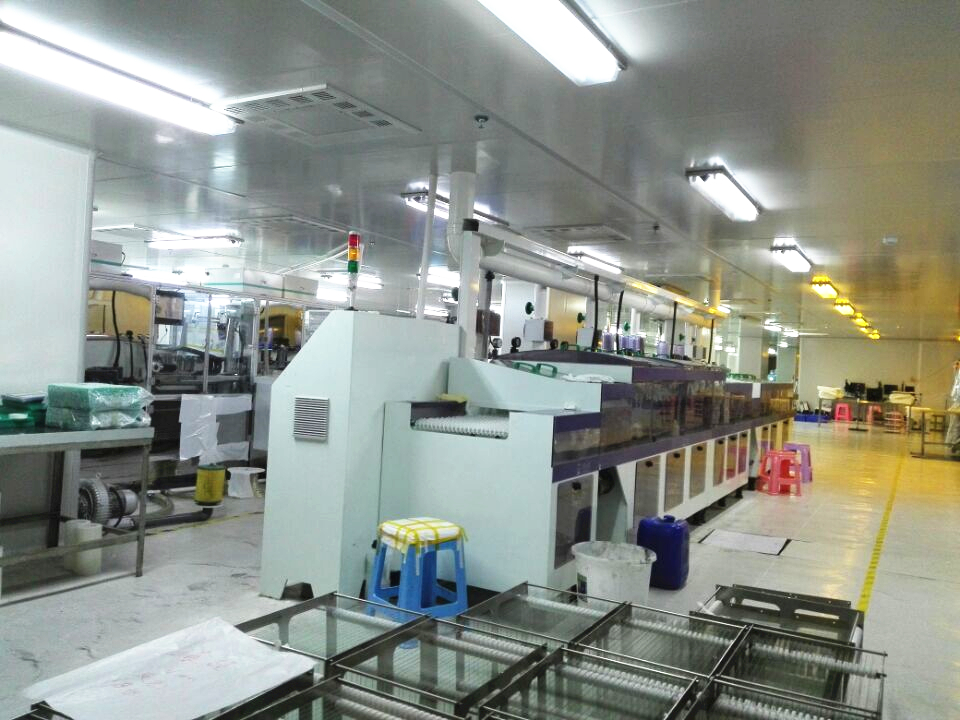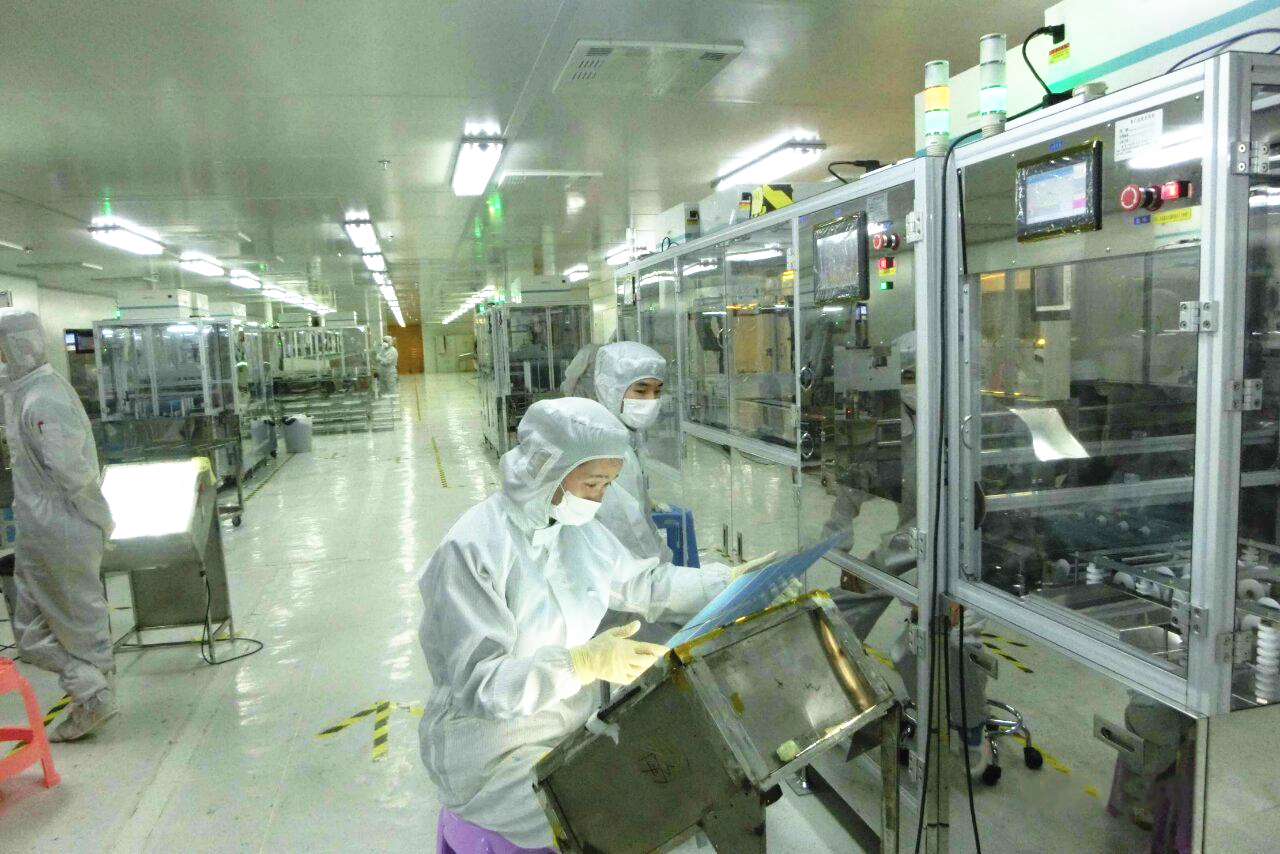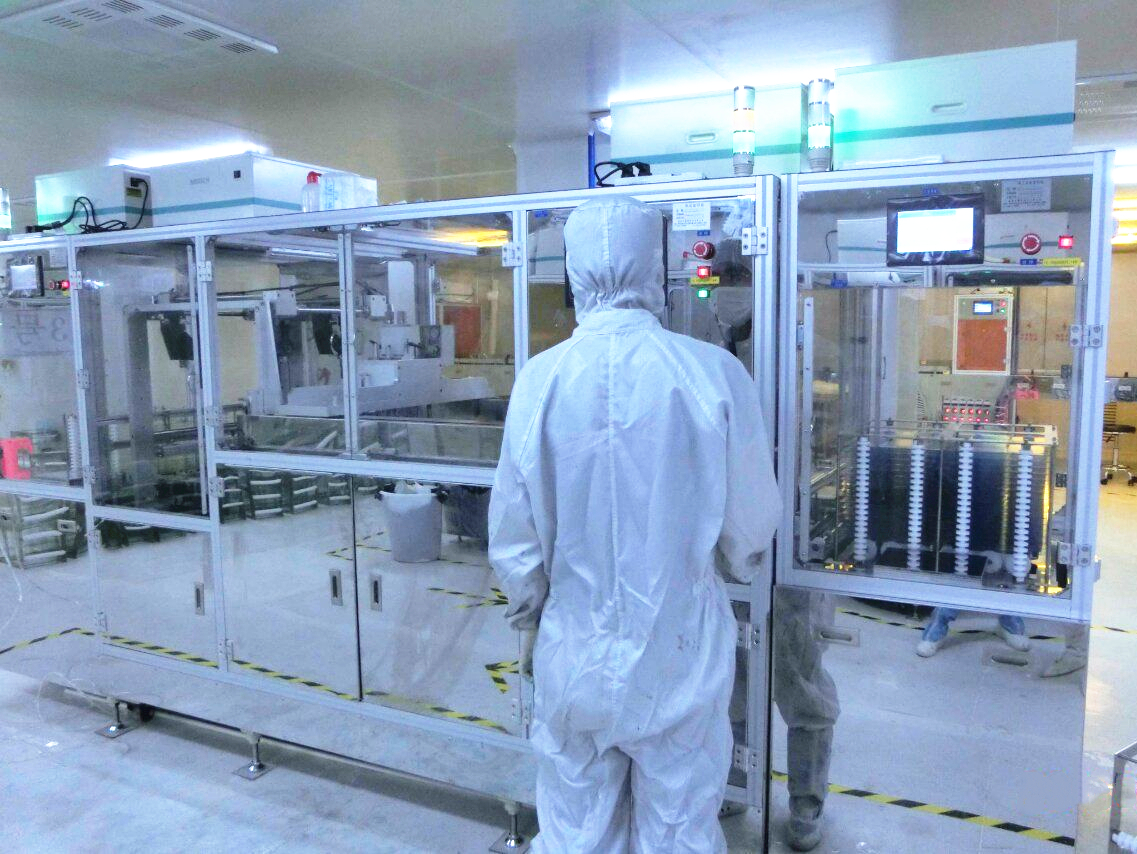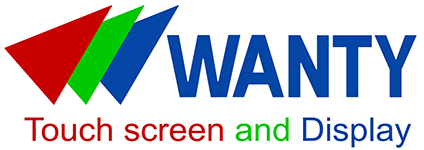capacitive touch screen advantages and disadvantages
A capacitive touchscreen is a type of touchscreen that uses capacitance to determine the location of a touch on the screen. Capacitive touchscreens are often found in smartphones, tablets, and laptops. Compared to other types of touchscreens, capacitive touchscreens are more responsive and provide a better user experience. However, capacitive touchscreens also have a few disadvantages. One disadvantage is that they can be affected by moisture, which can cause the touchscreen to become unresponsive. Additionally, capacitive touchscreens can be more expensive than other types of touchscreens.
A capacitive touchscreen is a touchscreen that uses capacitive coupling to sense the position of a finger or other object. A capacitive touchscreen panel consists of an insulator, such as glass, coated with a transparent conductor, such as indium tin oxide (ITO). The ITO layer is patterned with a grid of horizontal and vertical conductors. When a finger or other object touches the screen, the capacitance between the object and the screen electrodes changes. This change in capacitance is detected by the controller, which converts it into a digital signal that can be used to track the position of the touch object.
capacitive touch screen advantages and disadvantages products
capacitive touch screen advantages and disadvantages Production Line




best results






















